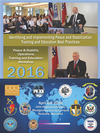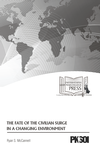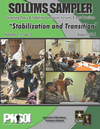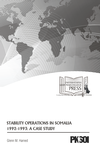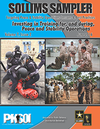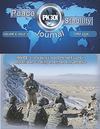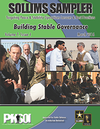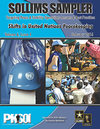Stability Operations in East Timor 1999-2000: A Case Study

This stability operations case study project emerged from a Joint Requirements Oversight Council task to examine how Joint Professional Military Education (JPME) institutions teach operational planning for steady-state peacekeeping and stability operations. The Joint Staff J-7 requested the U.S. Army Peacekeeping and Stability Operations Institute (PKSOI), as the Joint Proponent for Peace and Stability Operations, accomplish a number of tasks to improve JPME curricula. As part of this effort, PKSOI is developing a series of professionally focused, historical case studies of successful joint peacekeeping and stability operations. The purpose of these case studies is to provide balanced analyses of the strategic conditions and guidance underlying each selected operation, and describe how military leaders successfully interpreted and implemented this guidance during the conduct of joint operations.


